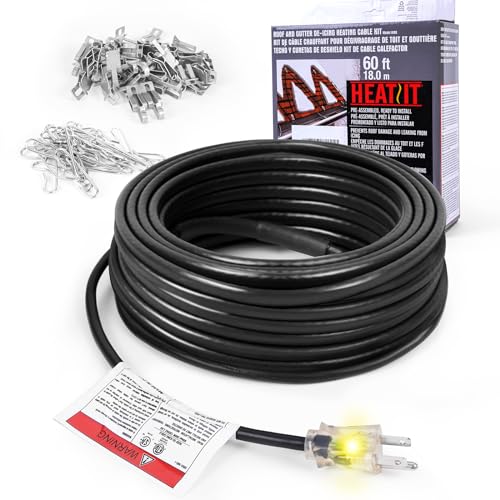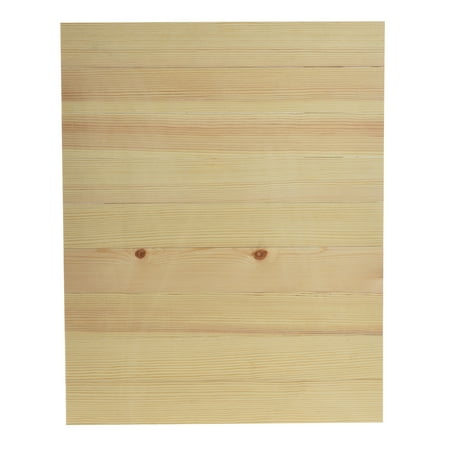How to prepare your yard for a storm – 8 construction pro-approved tips to protect your plot
Keep your yard safe and secure with these simple steps, as recommended by professionals in gardening and construction

Holly Crossley
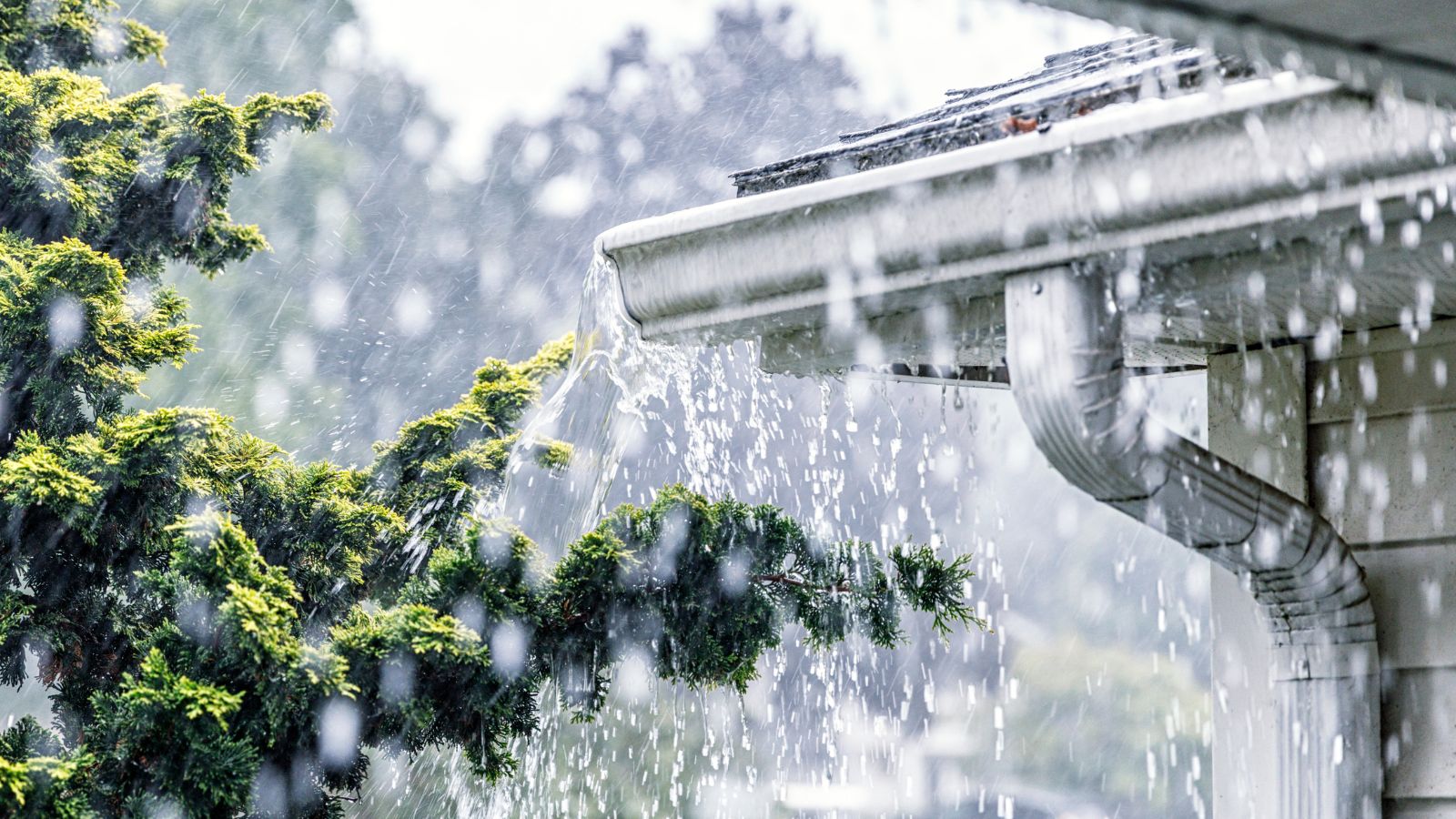
Fall is officially here, and with it, the increase in extreme weather conditions.
While storms can blow through our plots at any time of year, without proper preparation, the high winds and heavy rain that are more likely and frequent during fall can wreak havoc on our fences, lawns, plants, and trees. Throughout the colder months, hail and snow can also be problematic.
To help prevent any upcoming inclement weather from leaving a trail of often costly destruction in your backyard, it's worth putting precautions into place now. I spoke spoke to gardening and construction experts for their top tips on prepping for a storm, to protect your yard before it hits.
How to prepare your yard for a storm
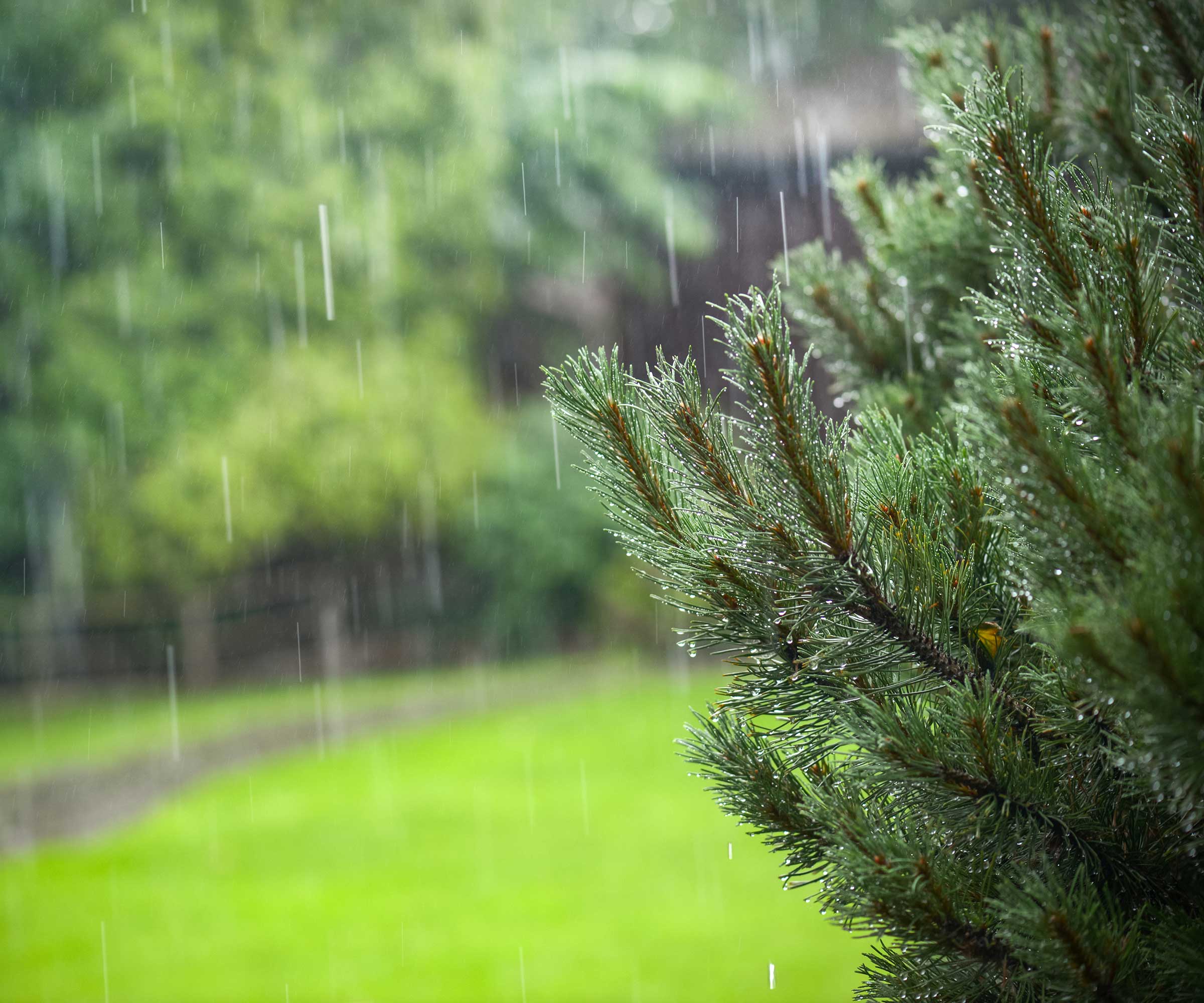
Heavy rain and wind can cause damage to our homes
With the cooler months approaching, now is the perfect time to weatherproof your outdoor space.
1. Fortify fences
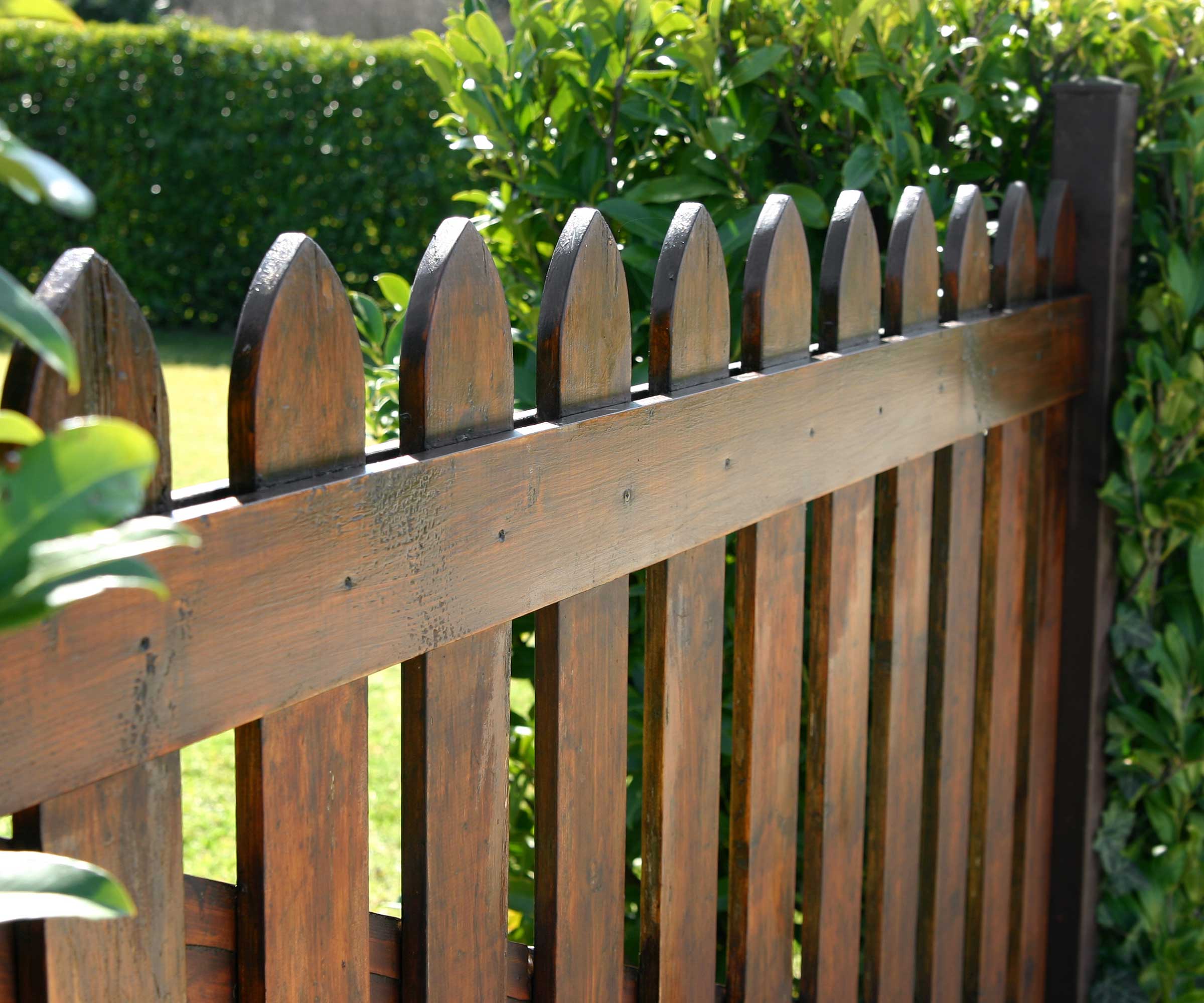
Check your fences are secure before stormy weather arrives
High winds and rain can take their toll on backyard fences, causing them to bend, break, or even fall over. So, if you live somewhere that's prone to stormy conditions, it's worth bearing this in mind – and perhaps replacing an old and flimsy fence with a design that's up to the challenge.
Semi-solid fence panels that have gaps between the pales are better suited for windy areas, as they allow wind to pass through instead of creating a barrier, says Leigh Barnes from Jacksons Fencing. As a result, less strain is put on the posts, which will reduce the likelihood of damage, he explains.
'Shorter panels are also a good option, especially for front gardens or when privacy is not a concern,' he continues. 'Shorter fence panels have less surface area and therefore create less resistance against the wind.'
Design expertise in your inbox – from inspiring decorating ideas and beautiful celebrity homes to practical gardening advice and shopping round-ups.
Barnes advises against using timber posts for wind-prone areas, recommending concrete ones instead. As timber panels cannot be secured to concrete posts, the likelihood of the panels being lifted out by strong winds is increased. The panels will also move about, causing an annoying rattle as they repeatedly hit the front and back of the slotted post, he explains.
'The depth at which you install fence posts is critical in fortifying your fencing against storms,' says Barnes. 'We recommend setting posts a minimum of 2 ft into the ground, with deeper installation advised for taller fences.' In regions prone to extreme weather, consider using longer posts and digging them as far as 2.95 ft into the ground, he adds.
If you don't want to replace an existing fence, you can reinforce weak sections by adding additional support, as Pete Stockwell, the co-owner of Earth Saving Solutions Restoration, recommends.
There are also steps you can take to repair a leaning fence. For example, the Thicker Fence Post Repair Anchor Kit available at Amazon can be used to provide strength and support, with heavy-duty, durable metal, coated for rust-resistance and easy to install.
Don't forget about garden gates, too. If you're shopping for a new one, prioritize designs with diagonal and horizontal braces for added support, says Barnes, such as the WamBam Fence Traditional Classic Picket Fence Gate available at Lowes. 'Opting for premium pales, which are thicker and sturdier, can fortify the gate, offering extra resilience in challenging weather conditions.
'Additionally, framed gates provide enhanced strength, ensuring they can withstand heavy wear and tear.'
2. Check your backyard's drainage
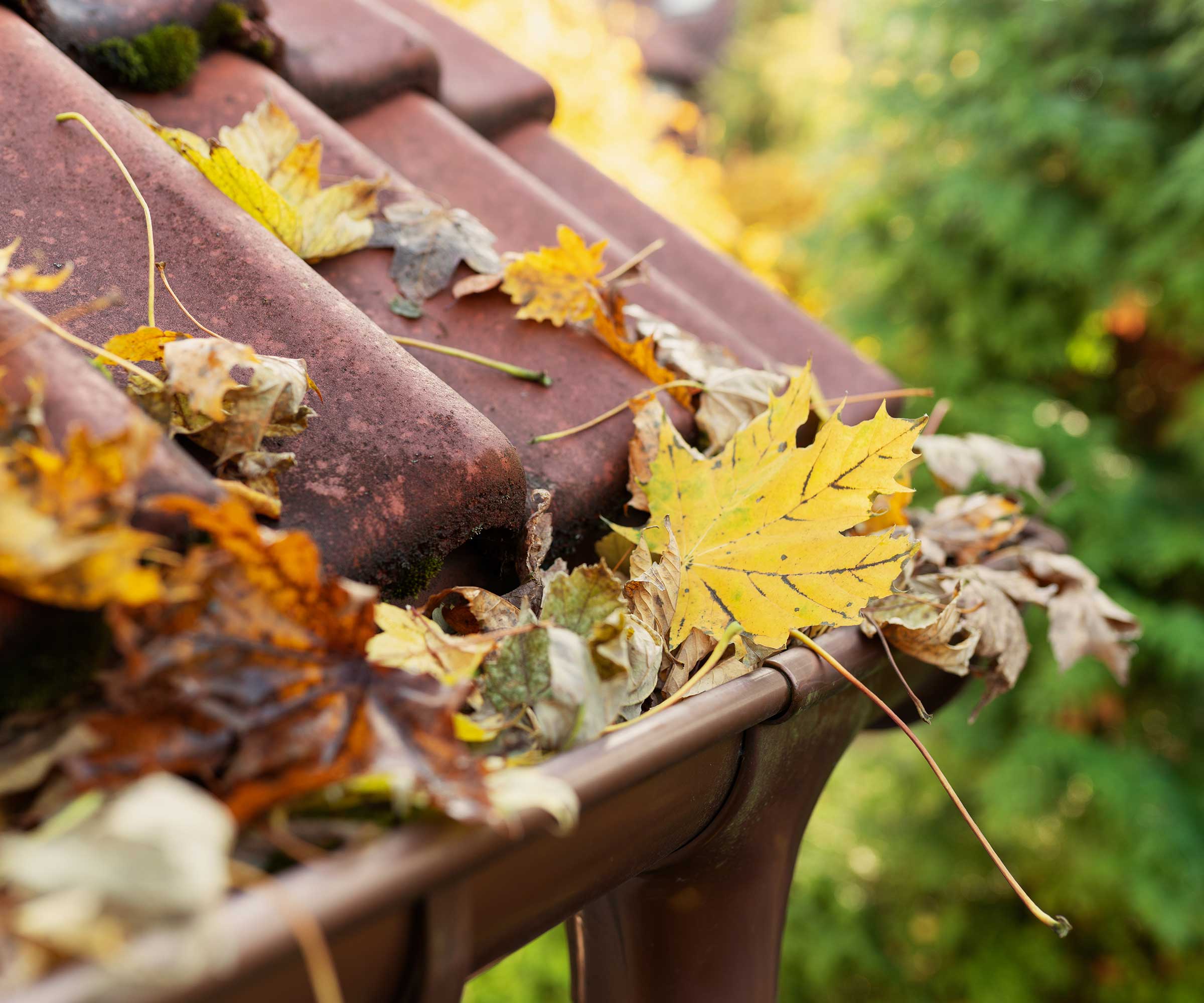
Without proper drainage, excessive rain can lead to flooding in your yard.
Aerating a lawn can help, says Barnes. It breaks up compacted soil, and also allows air, water, and nutrients to reach the roots, improving the health of your turf. Stockwell also recommends ensuring all gutters and drainage areas on your property are free from fallen leaves and other debris.
Cleaning gutters is also important if you're expecting colder temperatures on the horizon. 'Debris left in gutters is one of the main causes for ice damming', Stockwell says. This is when ice is forced under roof shingles, which can cause interior water damage and potential dry rot over time. 'Gutter screens of any type are a great way to prevent debris from infiltrating the gutter system and are highly recommended,' he says.
We recommend the Armour Screen Drop-in Gutter Screen by Spectra Pro Select available at Walmart for this, as it's effective and easy to install.
You may also want to consider installing a heat cable when living in areas of low temperatures and high precipitation, such as mountain elevations, says Stockwell. Otherwise, ice melt can freeze in not only the horizontal, but also the vertical gutters, even if they're cleaned and screened. This can damage the gutters and can also lead to ice damming, he warns.
You can also install a rain chain, which is a great way to harvest rainwater to use on your plants at a later date. However, be mindful in windy weather, rain chains that are not secured at the bottom to a ground anchor can become a hazard and in areas of high rain fall, may not fair as well as a traditional down spout.
3. Reinforce windows and doors
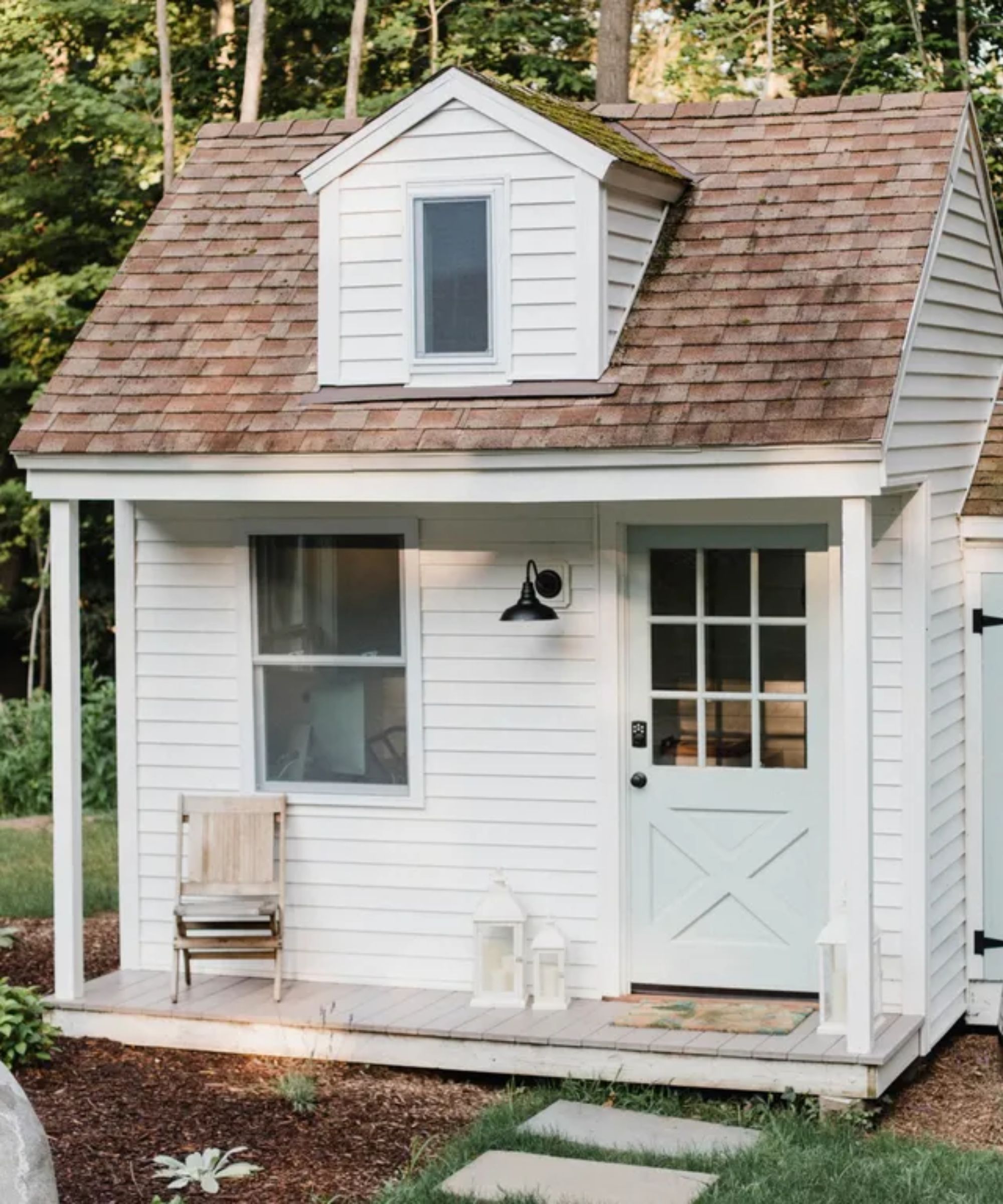
'Windows and doors are some of the most vulnerable parts of your home during a major storm or hurricane,' says Matt Wojciechowski, Director of Learning, Production and Operations at Groundworks, North America's leading foundation and water management solutions company.
'Think about installing storm shutters or using plywood to cover them securely. Don’t forget to reinforce your garage door, as it’s often a weak point.'
This applies to your home, but also your sheds and summerhouses, which are particularly vulnerable due to their small size.
4. Secure loose objects

Patio furniture should be brought indoors if possible
'Securing loose objects is another imperative step,' says Barnes. This includes patio furniture and planters which could easily blow over during a storm. Ideally, relocate them to a robust garage or secure shed. Moving them next to a sheltered wall is an alternative option if you don't have a suitable covered space.
'Take down and store any hanging wind chimes or decorations that may blow off the home and be lost or cause damage to something else,' adds Stockwell.
5. Protect your plants
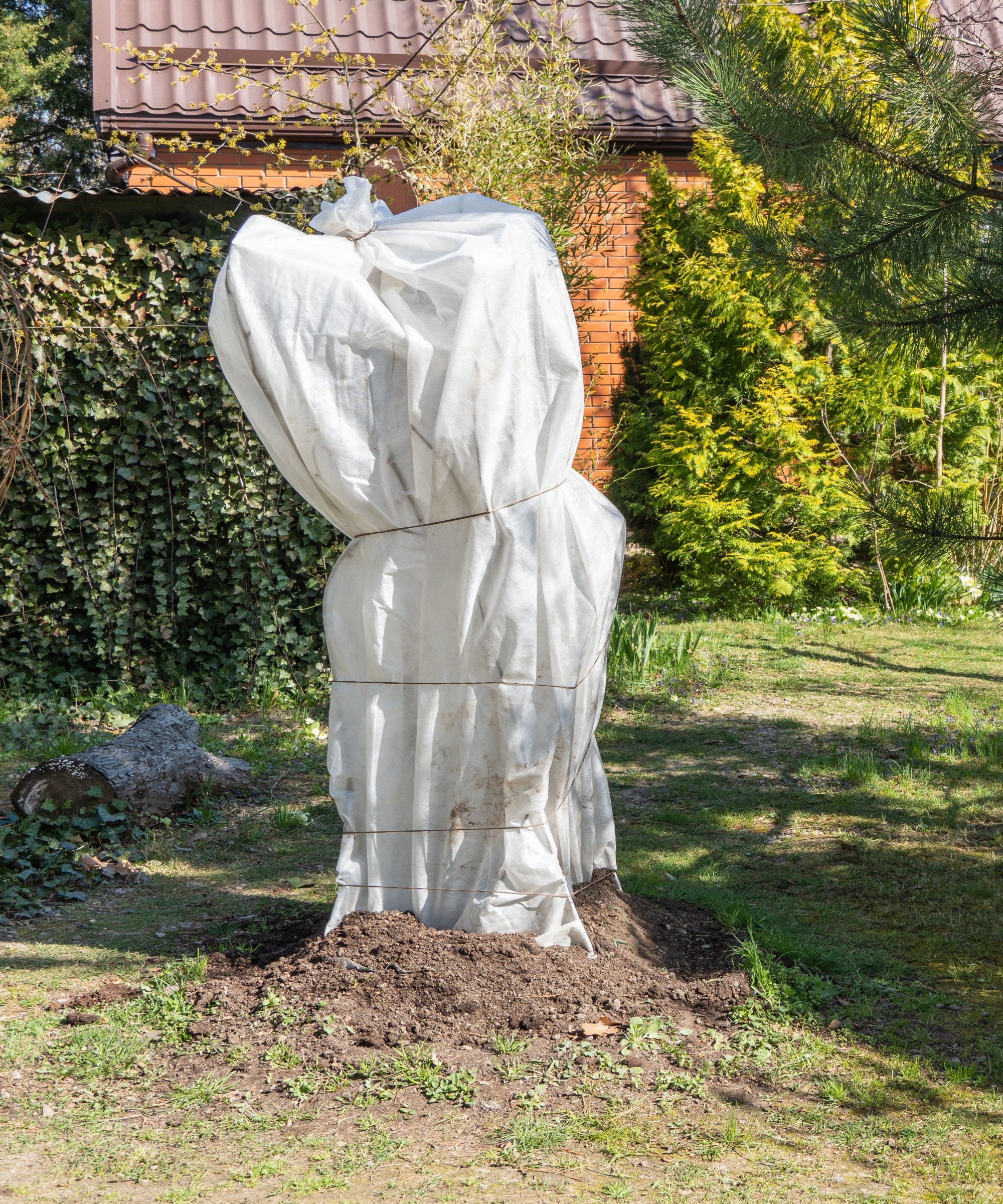
'Ahead of a big storm, it can be stressful worrying about your outdoor plants you’ve spent all season growing and nurturing,' says gardening expert Rebecca Sears of Ferry-Morse. 'The first simple step is to cover your plants. Gardeners can utilize a number of items to protect their plants, such as large buckets or even bowls,' she says. Larger plants can be covered in burlap for protection, which is available at Amazon. Sears also recommends gardening in raised beds to prevent soil from eroding away during heavy rain.
If you're expecting heavy snow, you can build covers out of wood to protect plants from a storm, says Ryan Mange, manager of equipment and vendor relationships at Monster Tree Service and ISA-certified arborist.
If snow plowing is to occur post-storm, it is important to put out markers, such as the Buyers Products 1308110 Fluorescent Nylon Orange Guide Kit available at Amazon to help prevent plow damage to shrubs that may be buried in snow, he adds.
There are also things you can do to protect your trees from inclement weather. Having an arborist perform appropriate pruning will put the trees in the best position to withstand a storm, says Mange. 'There are also cabling and bracing systems that can be installed and help in conjunction with pruning.'
6. Have large trees inspected

There are also fall tree care steps you can take to avoid tree mistakes and protect them from inclement weather. Having an arborist perform appropriate pruning will put the trees in the best position to withstand a storm, says Mange. 'There are also cabling and bracing systems that can be installed and help in conjunction with pruning.'
Kaustubh Deo, president of Blooma Tree Experts, recommends calling in the professionals to carry out inspections on any large trees.
'If homeowners have any larger trees (over 30 feet tall), they should call an ISA-Certified Arborist to come out and inspect the trees ahead of storm season,' he says. This is particularly important if the trees overhang any permanent structures, such as your home, your garage, sheds, etc. Qualified arborists can employ "risk reduction" pruning methods to lower the risk of tree limbs falling in a storm and causing damage.'
Usually, this entails reducing the tips of long, over-extended branches, reducing the weight on them, making them less likely to fall. This work should not be carried out by untrained individuals, Deo warns.
'This is high-level, dangerous work, as it requires going way out on the tree limb and making a cut at the ends in a smart way,' he says. 'Homeowners should not attempt to do this work themselves, or hire a landscaping company. This is firmly in the camp of tree work that they should use real arborists for, with proper licensing & insurance,' who know how to safely steer clear of any tree pruning mistakes.
Punteha van Terheyden, head of solved at Homes & Gardens had a leaning tree in her backyard. During fall, it suddenly began leaning more as the weather picked up. She had it inspected rapidly by a tree surgeon. She says, 'Once the expert came out and had a look at the tree, which was a good 30-40 feet tall, he found the inside of the trunk had largely hollowed out from rot and disease, and it had to be cut down immediately for safety.
'He told us it was likely a couple of storms away from falling and that was a frightening thought as it would have either hit our home, our neighbors, or potentially caused injury to someone in the public space behind our yard.'
7. Prepare sheds and other outdoor buildings
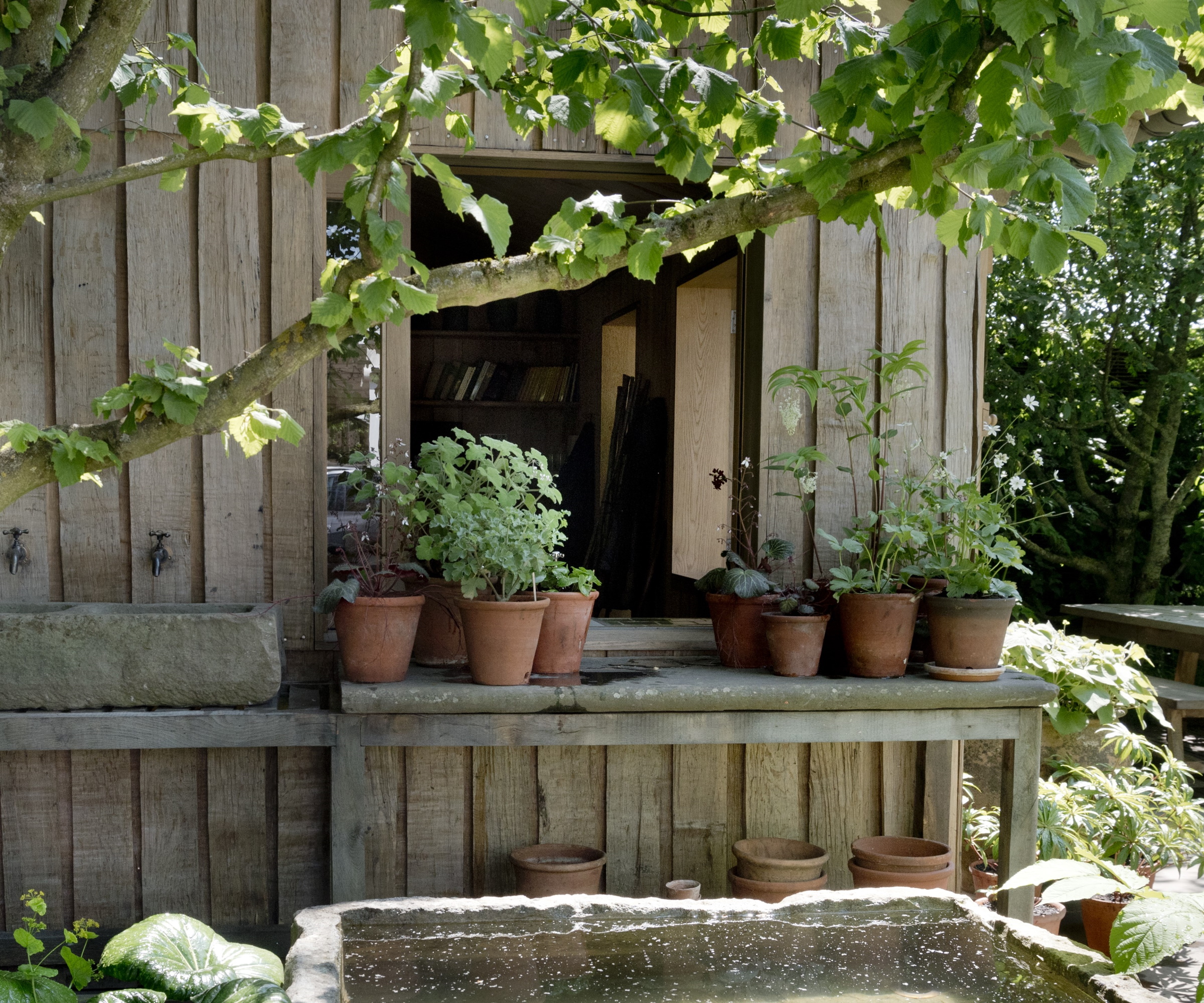
Ensure that sheds, greenhouses, pergolas and any smaller structures are properly anchored to the ground to prevent them from being lifted or damaged by strong winds, recommends Stockwell.
It's also worth checking them over for signs of damage and carrying out any necessary repairs. You may, for instance, need to weatherproof your shed – including re-felting its roof – to protect your garden tools inside.
8. Repair any foundation issues
'If your home already has foundation problems, like cracks, water leaks, or signs of settling, a storm could make things much worse,' warns Wojciechowski. 'The wind and rain can seep into existing cracks, increasing the risk of flooding and causing additional damage to your home's structure.'
Taking care of these issues, either by calling in professionals or trying a DIY-approach, ahead of bad weather can help prevent and reduce the risk of damage caused by large amounts of rain, such as shifting ground. You may also need to waterproof your basement.
FAQs
How should you prepare a pool for a storm?
'Lower the water level by about a foot to allow for heavy rain accumulation without overflowing,' advises Stockwell. As well as this, he recommends securely fastening pool covers to prevent them from being blown away by strong winds, and removing any loose items around the pool area.
After the storm has passed, you may need to shock your pool, as rainwater can affect its chemical balance.
How should you clear up a backyard after a storm?
Even with precautions in place, storms can still make a mess in our yards. Once calmer weather returns, sweep up fallen leaves and any mulch that's been dislodged by the wind, clear out any drains, consider cleaning your patio, and inspect structures for any damage before repairing them promptly. It's also a good idea to check your trees and consult an arborist if any branches have been broken or damaged.
Preparing your yard for a storm will give you greater peace of mind once the weather turns. It will also make it much easier to restore order once it's passed.
And, if you're anticipating colder, winter temperatures ahead, too, there are other things you can do to get your outdoor space ready – from blowing out sprinklers to protecting plants from frost.

Ottilie joined Homes & Gardens in 2024 as the News Writer on Solved, after finishing a Master's in Magazine Journalism at City, University of London. Now, as the Sleep Editor, she spends her days hunting deals and producing content on all things sleep – from mattresses and sheets to protectors and pillows, all of which she tests in her own home. She also has particular expertise in home fragrance, covering everything from candles to reed diffusers.
Previously, she has written for Livingetc and Motorsport Magazine, and also has a Master's degree in English Literature and History of Art from the University of Edinburgh, where she developed a love for inspiring interiors and architecture.
- Holly CrossleyContributing Editor
